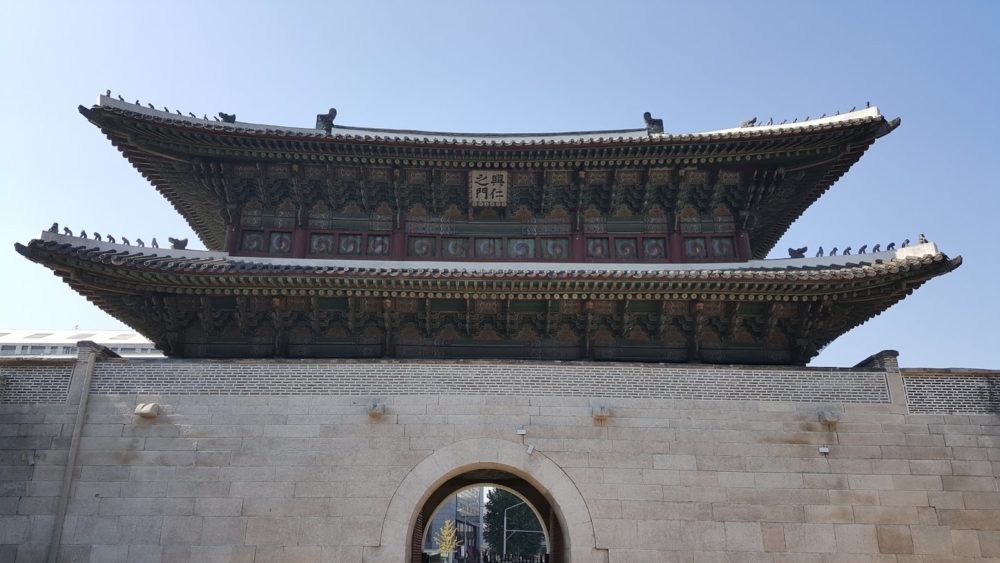One of the great capitals of the world and a great unknown for us. Sincerely, from Seoul, we knew that the Olympic Games were held in 1988 and little more. Unfortunately, almost always we hear or read about this city or the rest of the country because of its problems with neighboring North Korea.
Seoul is a very organized city, wide avenues, shopping areas, several sports areas and where some of the best historical monuments of the country are located. Seoul is a city that for its palaces, its squares, its many parks, the river, the hills that surround it, etc. becomes an ideal place to visit if you travel with your children, it does not matter how old they are. , they will always find in Seoul something that motivates them.
Street of Traditional Culture Bukchon-Insa-dong: In antiquity, it was the place where the shops of crafts and antiques were installed, until in 1988 the merchants united and founded the Street of the Traditional Culture. It is a good way to get to know Korean culture without leaving Seoul.

Gyeongbokgung Palace: built in 1395 as the main palace of the Joseon Dynasty by King Taejo, is the most impressive of the 5 palaces that exist from that same period. It also houses the National Folkloric Museum of Korea.

Gwanghwamun Square: one of the largest in Seoul, in front of the Gate of the same name and entrance to the National Museum of the Palace of Korea. A pedestrian area with a water channel and fountains that in summer delight the little ones as they allow them to be used as a swimming area and entertainment. Approaching this area will delight your children, making them have a great time, and in the underground of this square, there is a nice cultural space.
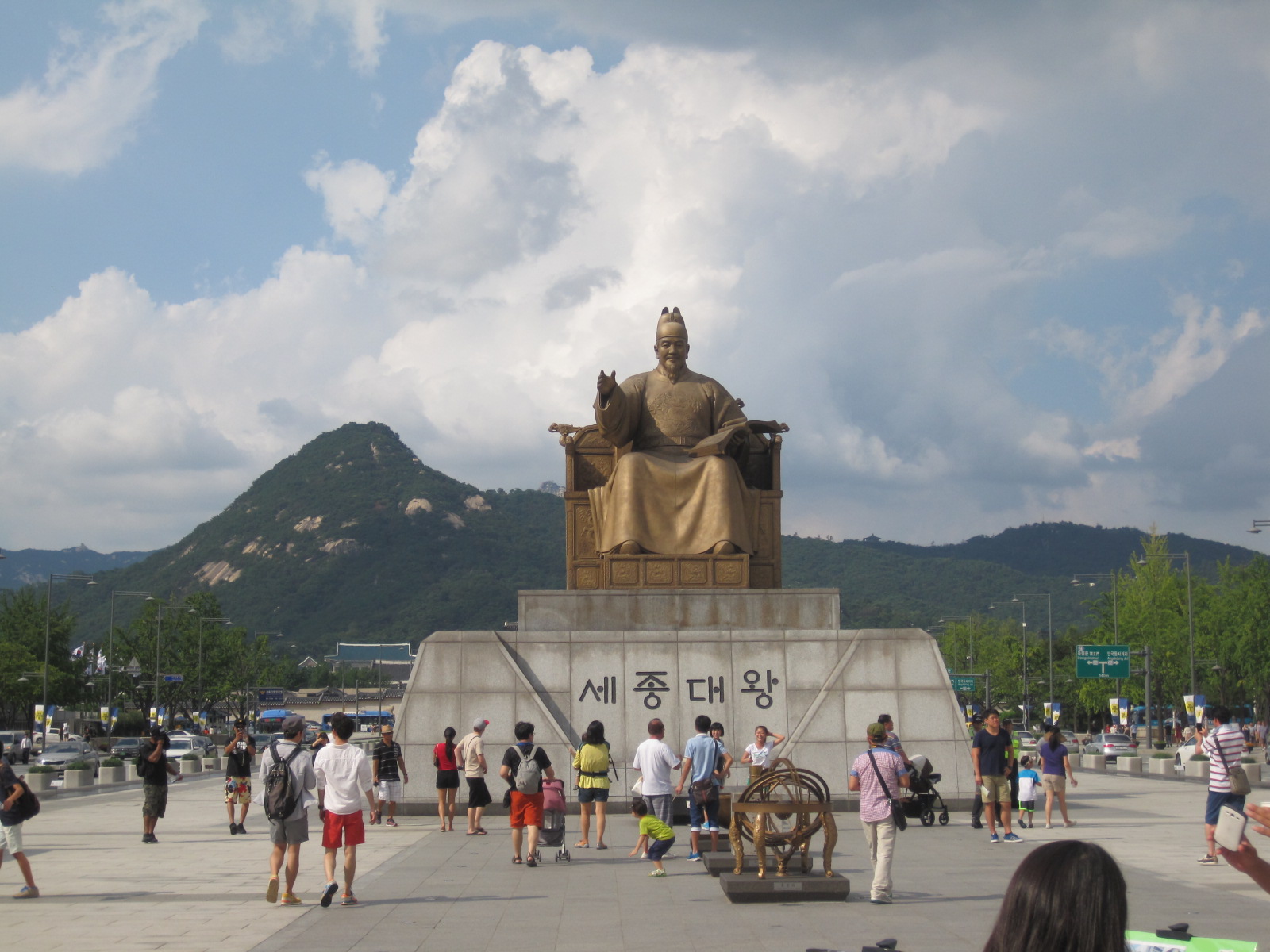
Changdeokgung Palace: a World Heritage Site, this palace served as the main residence of several kings of the Joseon dynasty. Your garden is renowned for being in perfect harmony with the natural environment.

Jongmyo Shrine: a World Heritage Site was one of the three main state institutions during the Joseon Dynasty. Each year on the first Sunday in May, ancestral ceremonies are held according to tradition, with music and dance performance.

Cheonggyecheon Stream: formerly a natural stream was transformed as we know it today in 2003. It has a course of about 5 km that runs through the center of Seoul. An area that both locals and tourists use to escape the hustle and bustle of the city, relax with the sound of the water, and even allow you to put your feet to refresh. At night it becomes a beautiful light show.
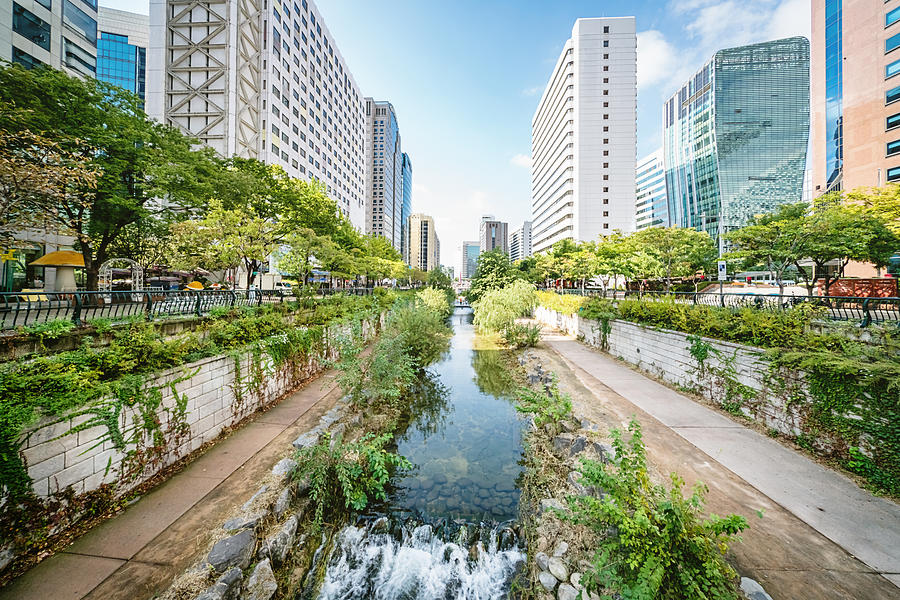
Deoksugung Palace: located in the heart of Seoul, is famous for its stone construction. It is very interesting the traditional Guard Change Ceremony that they perform every day except Mondays, at 11.00, 14.00 and 15.30 hours.

Namdaemun Gate: is the national treasure No. 1 of all of Korea. It is the largest entrance to a castle made of stone, has a central column that is the one that lifts the roof distinguishing between the upper and lower levels. Open to the public.
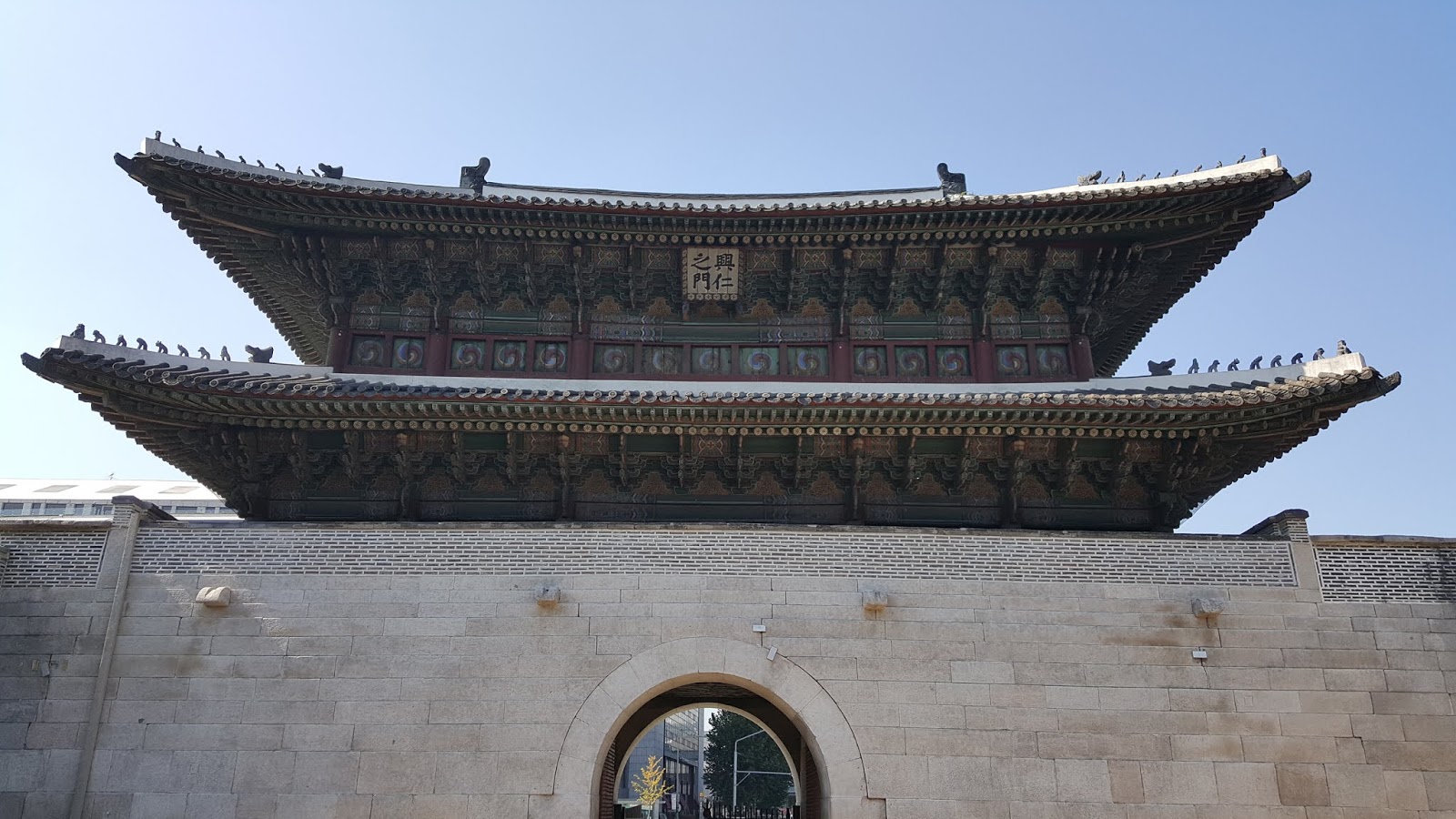
The market of Namdaemun: an open-air market in front of the Door of the same name. This market dates from the Joseon Dynasty and since then it has become the most famous market in Korea. It is the country’s sales center where you can find anything. Being in the neuralgic center of Seoul close to it, the commercial zone of Myeong-dong begins, one of the main commercial districts of the city. It has two main streets full of shops of all kinds and restaurants of traditional food from different regions of Korea. An area that attracts a multitude of visitors.

Hangang River: symbol of Seoul, flows from east to west through the city. Along the river there are 12 parks with sports facilities that will delight the whole family, a good getaway to relax from day to day in the city. It is crossed by 26 bridges, the most famous and interesting being the Banpodaegyo Bridge, with its rainbow fountain. This fountain has more than 200 colored lights and 380 nozzles installed on both sides of the bridge forming the source placed on a larger bridge in the world. Every night they perform a musical show with light and water, bringing together many people.
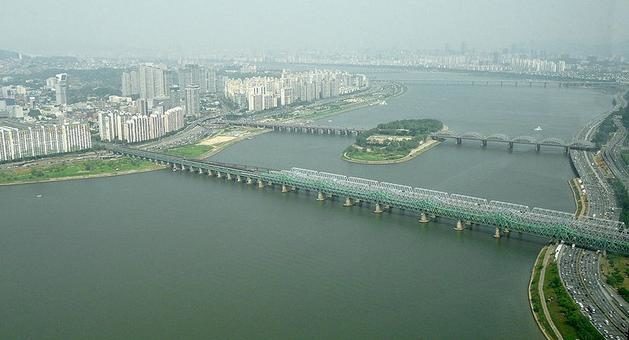
Outside of what is the urban center of the city we have a very nice attraction to visit, it is the Wall of the Fortress of Seoul, a valuable heritage that has been rehabilitated since its construction in 1396 by King Taejo to protect the city. It is easily accessible and you can cross part of it through several trails.
So far our proposals to take advantage of a short stay in Seoul. Interesting proposals if we take into account that all these wonders are very close to each other and with a small planning of a couple of days it is possible to visit them all.


